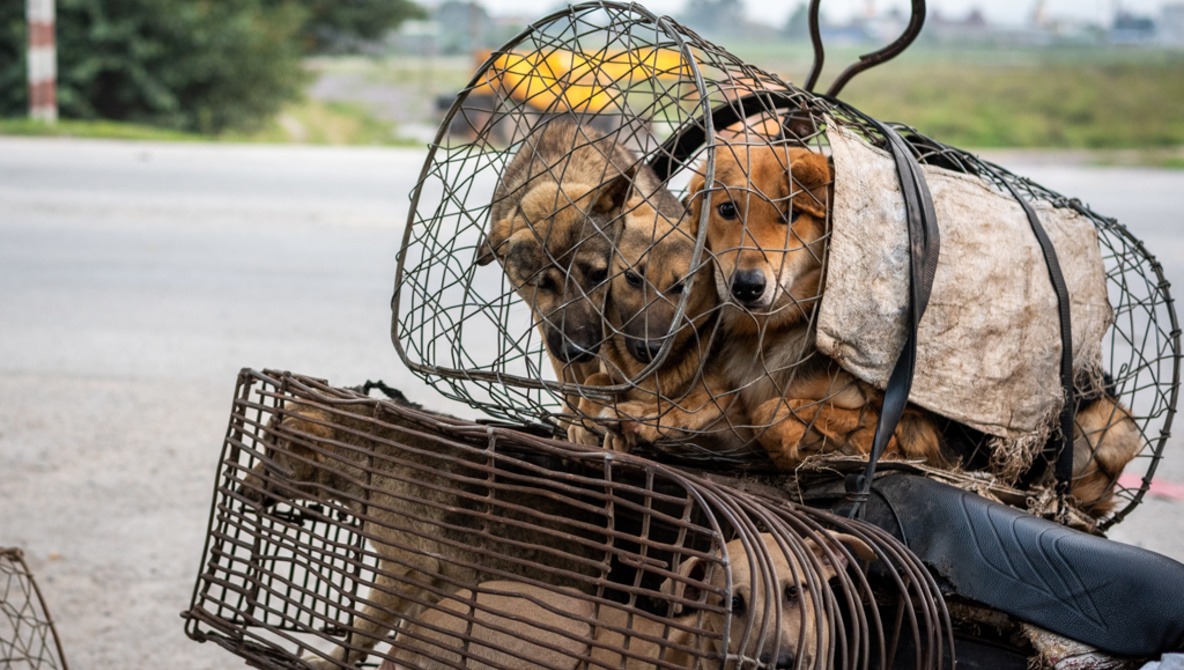In a world fraught with the pervasive shadow of animal suffering, how does one cultivate a sense of hope and resilience? This question often seems paradoxical in light of the numerous injustices inflicted upon our non-human companions. Yet, amid the stark realities of cruelty and neglect, there exists a reservoir of potential optimism. By delving into the interplay of awareness, activism, and community, individuals can forge pathways to alleviate animal suffering while nurturing a sustainable hope.
The first step towards fostering hope is understanding the scope of the problem. The prevalence of animal cruelty, whether it manifests as abandonment, abuse, or exploitation, is a grim testament to humanity’s failures. Every year, millions of creatures experience harrowing conditions in laboratories, factories, and the streets. However, acknowledging the gravity of these issues serves not only to inform but also to galvanize action. Rather than succumbing to despair, one must contextualize animal suffering within a larger framework of societal change.
How does one transform distress into directed action? It begins with awareness, which functions as a catalyst for change. Regularly disseminating information about animal rights, educational initiatives, and local rescue efforts can illuminate paths previously obscured by ignorance. Engaging with literature, documentaries, and various media forms allows individuals to comprehend the nuances of animal suffering and the urgent need for advocacy. This knowledge not only emboldens personal convictions but also inspires collective actions that resonate throughout communities.
But is it enough to simply acknowledge the issue? Awareness should lead to advocacy—the next requisite element in maintaining hope. Each person possesses a unique capability to effect change, whether through education, volunteering, or direct support to animal welfare organizations. Involvement can range from fostering shelter animals to lobbying for stricter animal protection laws, creating a tangible impact against the harsh realities faced by vulnerable populations. Addressing systemic cruelty demands a multifaceted approach, and individuals must find their niche in this expansive tapestry of advocacy.
Let us not overlook the power of community in nurturing hope. Engaging with like-minded individuals fosters a sense of belonging that can energize activism. Online forums, local meet-ups, and collaboration with established organizations can amplify voices, making the struggle against animal suffering less isolating. Through shared experiences, activists can exchange ideas, strategize, and celebrate even the smallest victories. Together, they can transform despair into a formidable force for change, drawing on the collective strength of their endeavors.
In the pursuit of a more humane world, it is essential to balance both the emotional toll of witnessing animal suffering and the mental fortitude required for activism. This balance involves cultivating self-care strategies to replenish spirit and resilience. It is easy to become disheartened when faced with overwhelming statistics or images depicting cruelty. Thus, taking regular breaks from distressing content and engaging in activities that nourish the soul can fortify one’s determination. Nature walks, adopting a pet, or practicing mindfulness encourages a reconnection to the joy that animals bring into our lives, further fueling the desire for change.
Moreover, how does one maintain a hopeful outlook when faced with setbacks? The challenges encountered in advocacy can be disheartening. Legislative efforts may stall, rescue operations may not yield immediate success, and individual efforts might feel insignificantly small against the vastness of suffering. In these moments, reflecting on small victories becomes crucial. Every animal saved, every law passed, and every individual inspired contributes to the greater movement. It is imperative to celebrate these milestones, however minuscule they may seem, as they serve as beacons of hope amidst darkness.
Additionally, storytelling serves as a potent tool in inspiring hope. Sharing narratives of endurance, rehabilitation, and love can humanize the plight of animals and galvanize support. These stories not only foster empathy but also encourage individuals to envision themselves as part of the solution. Narratives of triumph, where previously neglected animals find safety and companionship, illuminate pathways to hope while challenging the narrative of despair surrounding animal suffering.
Ultimately, the challenge lies in embracing a holistic approach to advocacy that encompasses awareness, community, self-care, and storytelling. Each aspect plays a vital role in bolstering resilience, enabling individuals to navigate the often-turbulent waters of animal rights activism. By cultivating a sense of purpose and hope, one can transcend the emotional weight of animal cruelty and emerge fortified, ready to combat suffering in a variety of capacities.
The journey towards a world free from animal suffering is undeniably arduous, yet it is not devoid of hope. As advocates perseveringly pursue justice for those without a voice, they illuminate a pathway not only for animals but for humanity as well. The indomitable spirit of compassion can be a powerful force—one capable of transforming not just lives but societal narratives. So the next time despair threatens to overwhelm, consider reframing the challenge: What can you do today to inspire hope in yourself and others, in the name of our fellow beings? Recognizing this challenge becomes a purpose, fostering the belief that change, however incremental, is indeed possible.









